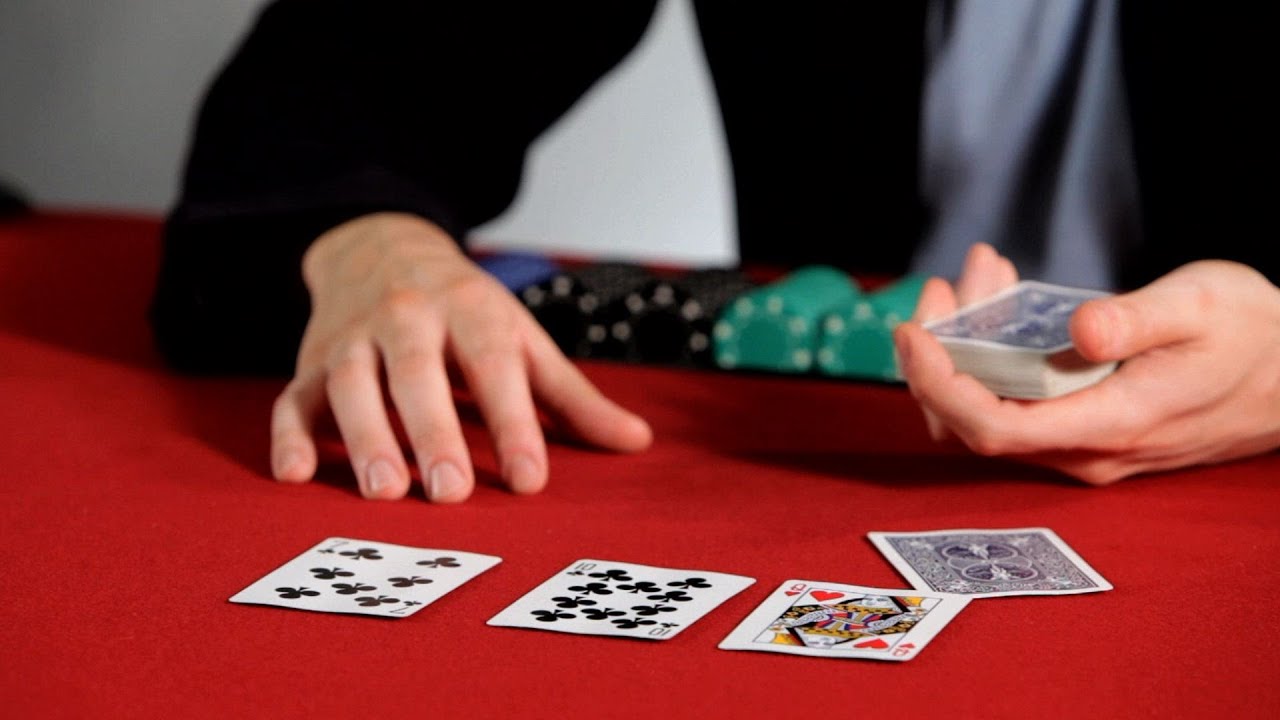
Poker is one of the most popular card games in the world, known for its blend of skill, strategy, and luck. The Poker Chips and cards that come with the game are also some of its most talked about features. They can get expensive in a hurry, and you might wonder how they’re made. Central to the game of poker are two essential components: poker chips and playing cards. Although it’s possible to play poker without either of these items, having the right equipment makes the game more accessible and more fun for everyone involved. In this article, we’ll delve into everything you need to know about poker chips and cards.
Poker Chips
Poker chips are small, round tokens used as currency in poker games. They serve several vital purposes in the game:
Currency: There are no real-world bills in poker games, nor are there checks, coins, or other physical currency used in the game. Instead, players must rely on poker chips to pay their debts and collect their winnings. Each chip denomination typically has a specific color, making it easier to distinguish between different values.
Betting: Poker chips are used to place bets and raise the stakes during a hand. This allows players to gauge a potential advantage by observing the other players’ chips. In most poker games, each player is paired with an opponent and receives a standard stack of twenty chips of the same denomination.
Objects: A handful of poker chips can serve as an attractive conversation piece, especially when placed in a glass or bowl on your desk or used to decorate the table itself. For this reason, it’s not uncommon for a dealer to use one of their own “house” chips as an object for each player.
Stack Management: The goal of poker is to end up with the most chips at the end of the game, and this can be accomplished by collecting more than your opponents. However, all chips must remain visible on the table at all times, so players need a way to organize their stacks neatly in front of them. This is where poker chip trays come into play—they provide a convenient way to keep your chips organized while offering an attractive storage solution in the process.
Poker Cards
Poker cards are small playing cards that players use to complete hands in poker games. There are many variations of cards, each with its specific functions, but there are three essential types: standard, hole, and wild cards (aka jokers).
Standard Cards: Standard Poker Cards have 52 different cards (usually 2 through 9) and come in two primary types: red and black. Red cards have higher values than their black counterparts and are awarded to players whose hands beat the dealer’s hand at round or high-card draw. Black cards, on the other hand, have higher values than their red counterparts and are awarded to players whose hands beat all other players’ hands.
Hole Cards: Hole cards are unique cards that have been designed specifically for use in poker games. These cards are usually double-exposed, meaning that they have two faces. Standard playing cards have only one look and are either black or red (red being higher). However, using a unique technique called “double exposure”, hole cards can have two different faces and still be used in a standard game of poker.
Playing: Each player in a game of poker must follow the hands, cards, and dealer as they are dealt. The first hand completed is the “first round” and is followed by another hand, after which each player receives one card in the next “round.” These hands are followed by a fourth and final round to determine each player’s winning or losing hand.
Bonus: A bonus is an additional round of possible hand(s) that allows players to exchange their cards until a final winner is determined. This type of hands can only be played if the number of players remains constant, ensuring that no one plays one big pot with everyone else out.
Final Verdict:
Poker chips and playing cards are the foundation of any poker game. Understanding their roles and the various types available can enhance your poker experience. Whether you’re playing a casual home game or participating in a high-stakes tournament, these components are integral to the excitement and strategy of poker.









